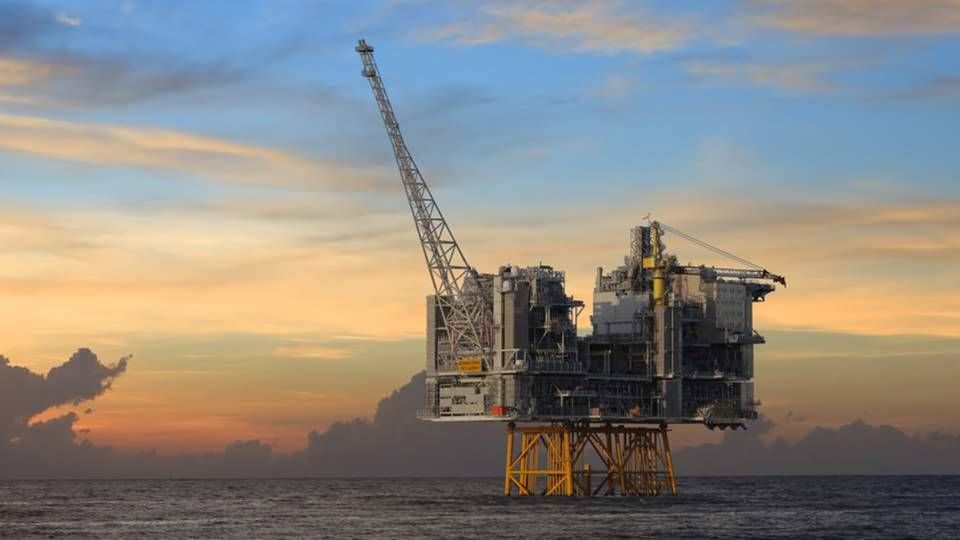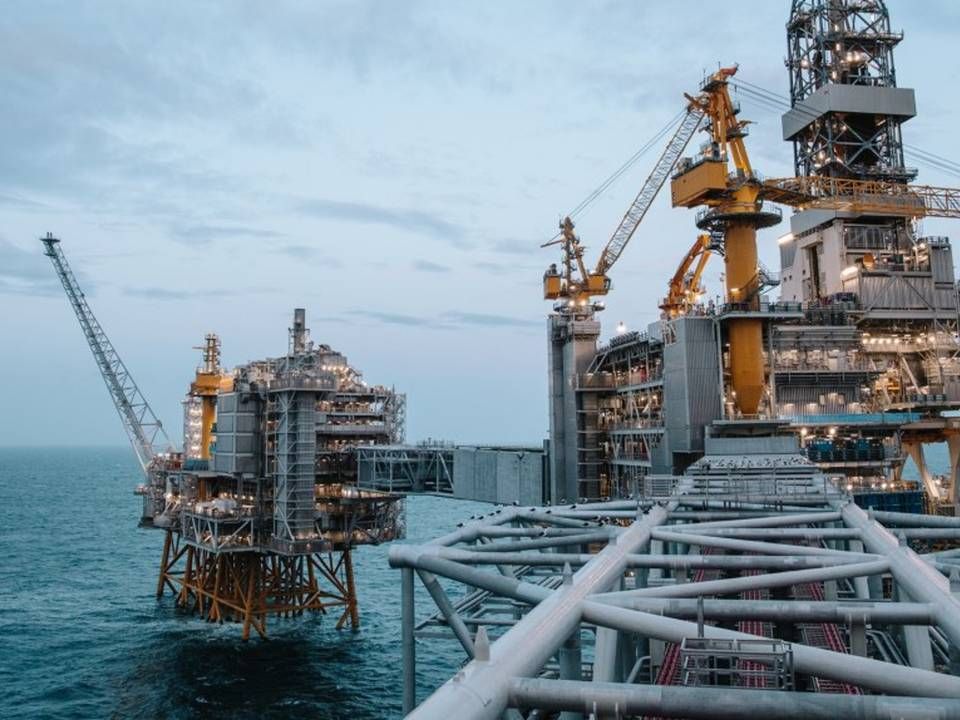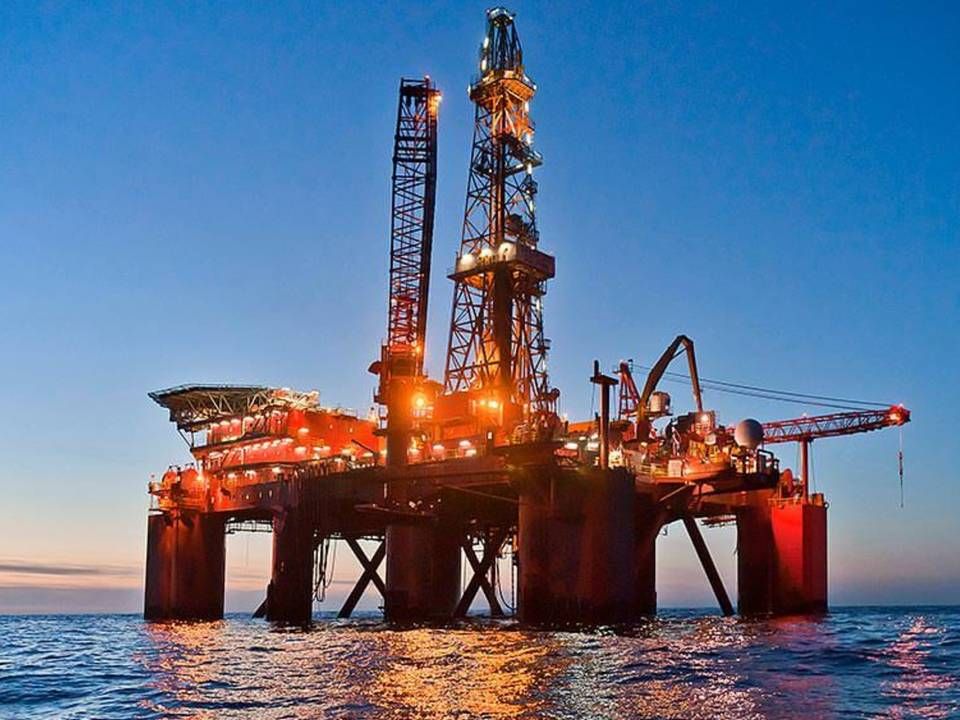Oil firm targets net zero emissions in four years

Swedish oil company Lundin Energy, which also has a large base of operations in Norway, was the first in a string of fossil fuel businesses to present a climate-neutrality plan for 2030, announced one year back along with a rebrand from Lundin Petroleum to the more neutral-sounding name.
Since then, other oil outfits, including several supermajors, have followed suit with comparable agendas. Now, if Lundin continues to be such a trend-setter, we could be seeing a series of other oil players set tighter climate objectives in the coming years.
Thursday, Lundin announces its plan to achieve net climate-neutral operations by as early as 2025:
"This change is underpinned by good progress on the electrification of the company’s main assets, investments in renewable energy to replace electricity usage and now a commitment to invest in proprietary natural carbon capture projects to offset any residual, hard to abate emissions," Lundin writes in a press release.
The latter part of the above refers to a recent partnership deal Lundin entered with company BV to plant around 8 million trees – an initiative expected to cost the group USD 35 million in 2021-'25 and which will offset 2.6 million tonnes of CO2 emissions, which Lundin can then use to balance its carbon accounting.
Lundin is already steering toward powering 95 percent of its consolidated production from onshore electricity from 2030. Now, however, the Swedish group is laying plans to invest its way to filling out the remaining 5 percent.
The wind sector has also recently attracted Lundin's interest, with an investment now made in forthcoming Finniish wind farm Metsälamminkangas. Similarly, the oil company is engaged in Norwegian hydroelectric project Leikanger.
Boosting production
However, whereas more ambitious climate goals would normally seem to rhyme with less oil, Lundin is actually planning to dial up on its output.
Whereas 2020 production averaged at 165,000 barrels per day, Lundin is now banking on exceeding 200,000 bpd in 2030. This is attributable to scaling up operations at Norway's giant oil field Johan Sverdrup, of which Lundin owns a fifth.
For 2020, the company forecasts 170,000-190,000 bpd. Lundin's oil stems from the aforementioned field, 60 percent, with 35 percent coming from deposits near the Edvard Grieg field, while 5 percent originates from the firm's remaining assets.
"The company’s long-term target is to sustain production levels of over 200 Mboepd with upsides from existing fields and potential new development projects," Lundin writes.
The group has allocated USD 850 million for its development budget for 2021, while exploration CapEx totals USD 260 million and pertains to eight new wells. At the same time, Lundin is currently developing nine potential projects with a consolidated estimated reserve of around 200 million barrels of oil equivalent.
Norway's latest exploration license tender had Lundin coming out on top when the group scored 17 new licenses to drill in Norway's underground.
A tough fight
Since New Year's, Lundin has been led by Chief Executive Nick Walker, who took over the job from Alex Schneiter, thereby marking Walker's first executive statement in the company's annual financial report.
Lundin's bottom-line result fell drastically from USD 824.9 million to USD 384.2 million in 2020, although much of that can be traced to the year's twin crises of Covid-19 and the oil price war that broke out in the spring. That's why Walker nonetheless says the fiscal report shows "a strong set of results":
"Our operations and key projects remain on track, despite the impact of Covid-19 and unprecedented oil price volatility, demonstrating the resilience of our industry leading, low-cost business," the CEO writes in the report.
Walker adds that 2020 was a challenging year for all players in the industry – both in terms of health risks and market conditions, which can also be seen in Lundin's decline in revenue, with sales having fallen from USD 2.94 billion in 2019 to USD 2.56 billion last year.
But otherwise, Walker says he's satisfied:
"Financially we had a strong year, despite record low oil prices, delivering free cash flow of USD 448 million, covering our 2020 dividend more than 1.4 times, enabling us to deleverage the business at an average realized oil price of USD 40.0 per barrel," the CEO writes.
The group's board of directors now proposes raising the dividend to USD 1.8 per share.
English Edit: Daniel Frank Christensen
Equinor upgrades Johan Sverdrup production outlook
Lundin emerges victorious from Norwegian licensing round
Lundin stock surges after North Sea permit
Related articles
Equinor upgrades Johan Sverdrup production outlook
For subscribers
Lundin emerges victorious from Norwegian licensing round
For subscribers
Lundin stock surges after North Sea permit
For subscribers


















.jpg&w=384&q=75)






